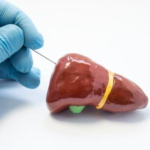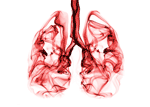
Jul 25, 2017 | Highlights
How safe is MR imaging for patients with cardiovascular implantable electronic devices (CIEDs)? This article establishes guidelines on the safe use and provides indications for imaging patients with CIEDs.

Jul 18, 2017 | Highlights
The authors of this article aim to deliver to radiologists and other healthcare professionals an accessible overview of liver segmentation to assess the liver volume.

Jul 11, 2017 | Highlights
The main focus of this paper lies on the evaluation of the quality of the published guidelines on dual energy X-ray absorptiometry (DXA) for adults using the AGREE II tool. DXA is the most common technique to measure bone mineral density (BMD).

Jul 4, 2017 | Highlights
This review describes the main features of central airway pathology and compares the imaging findings, especially the ones of multidetector computed tomography (MDCT) and virtual bronchoscopy, with those in pathology and direct bronchoscopy, in order to propose a schematic and practical approach to establish diagnoses.

Jun 27, 2017 | Highlights
MRI is an essential part of the comprehensive evaluation of left ventricular (LV) thickening. This article reviews not only the aetiologies and pathophysiology of LV thickening, but also illustrates the importance of MRI in its evaluation.

Jun 20, 2017 | Highlights
It is important to recognise non-malignant oesophageal diseases; however, they can easily go unnoticed or be misdiagnosed radiologically. With this paper, the authors aim to cover the important clinical features and imaging findings of non-malignant pathology of the oesophagus.






